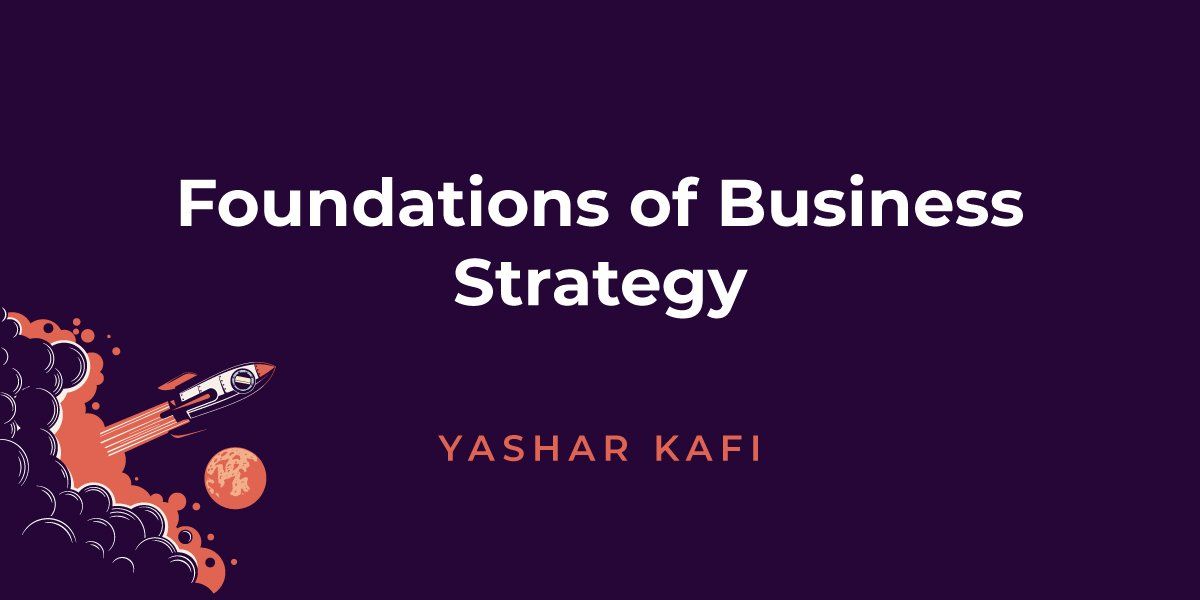Foundations of Business Strategy
Possessing a stellar business strategy is a building block for any successful endeavor. So, when I found author Hamilton Helmer’s book, 7 Powers: The Foundations of Business Strategy, I devoured it in one sitting.
I was so excited about what Helmer was writing—wisdom stemming from his decades of experience as a business strategy advisor, active equity investor, and Stanford University teacher—I wrote an article about it.
I wanted to explore Helmer’s principles (you can check out his YouTube video here.)
Connect and Engage With Your People
It’s vital to establish a connection with your people. And speaking of people, if you’re a leader looking to make significant strategic changes, you must involve your stakeholders.
It is expected that business leaders are tempted to focus on business strategy at the expense of cultivating culture. However, the most visionary leaders know that being able to merge the two will bring you the best of both worlds. When people feel involved, they want to invest— employees with effort and engagement, and stakeholders with monetary means. Engaging people is a winning business strategy that buoys the bottom line, long term.
52% of respondents to a survey said their employer didn’t have time to meet with them (or involve them) – and that’s a huge problem when it comes to engaging with your people.
Support and Develop Your Team
Structuring your business strategy to include participation—and empowerment—is vital. To establish this, you will need to be open to doing things differently, taking a whole new approach. Your team needs to feel that your company has a “we are all in this together mentality,” and you are there to support them.
For instance, a few ideas that have proven successful in my realm have been incorporating innovative things like employees making vision boards to help the team visualize what the organization will look like when the objectives you’re pursuing collectively.
Also, having leaders and team members share relevant stories of past experiences—and ideally, triumphs—similar to what you are currently going through as a team to establish rapport and learn from one another en route to reaching your goals. You will be amazed at the strides you will make when your team feels supported, empowered, and appreciated. And all it takes on your part is a little leadership investment.
The 3Ps are Foundations of Business Strategy
I am a fan of acronyms. So, it should come as no surprise that I like the concept of the 3Ps as being the three power player foundations of business strategy.
This trio consists of people, processes, and products, each of which I will briefly break down below.
People: People are the human characters that keep your business running smoothly. This group could include the obvious team members on your employee roster and all of the other relationships you need to keep things moving, such as your customers, vendors, suppliers, advisers, partners, and investors.
Process: Establishing a set structure for the way things work is paramount for businesses to achieve optimal operations. The way I think of it is this: Each of your team members should be able to have a ready—and the same—answer to the question: “How do we do A, and when do we do B, and why do we do C?”
Product: Your product is what your business has to offer its clients. Whether this is a tangible item or an intangible service, your product is the essence of your brand, and its quality determines whether you rise or fall. Also worthy of noting here, your brand image is directly linked to your product, which is why it also deserves a considerable amount of your attention and energy.
To learn more, connect with our team.




